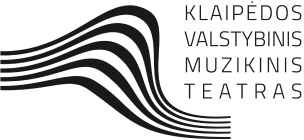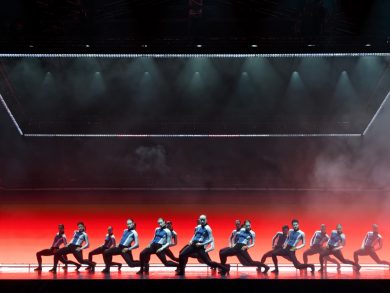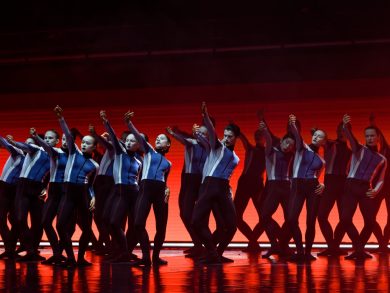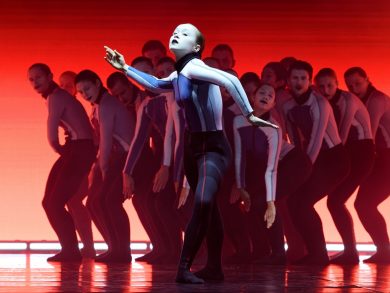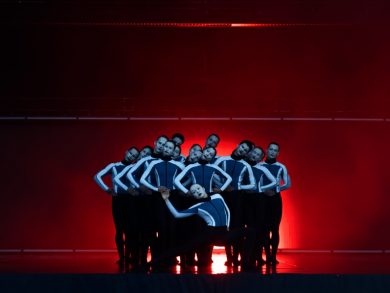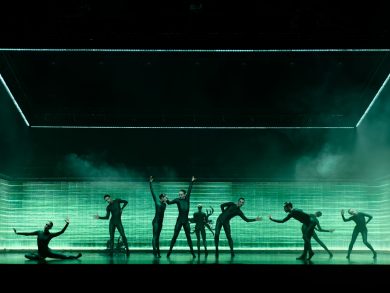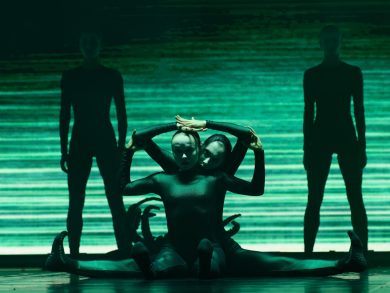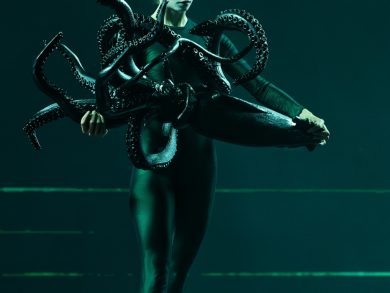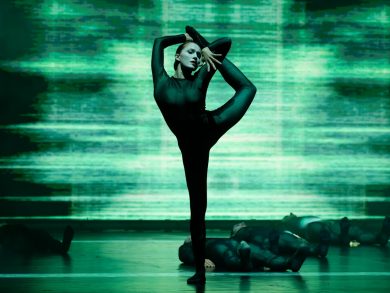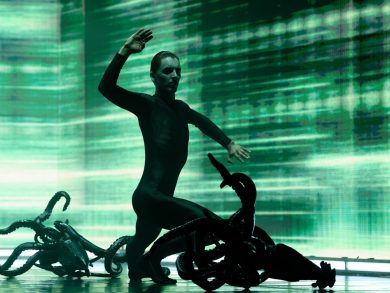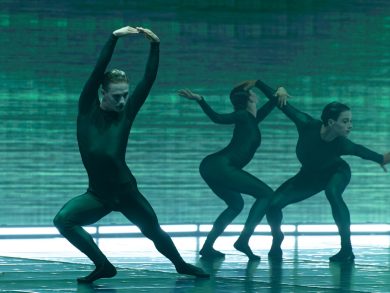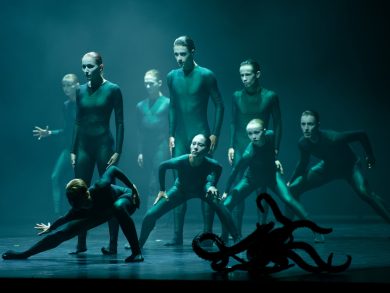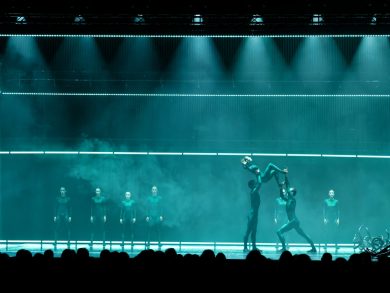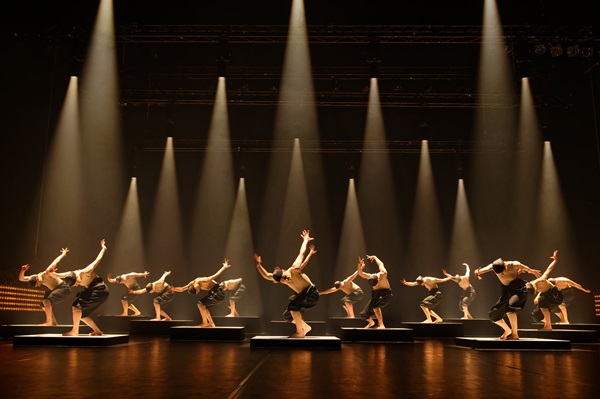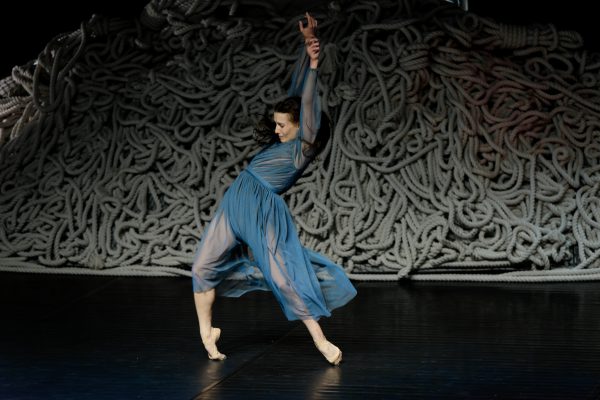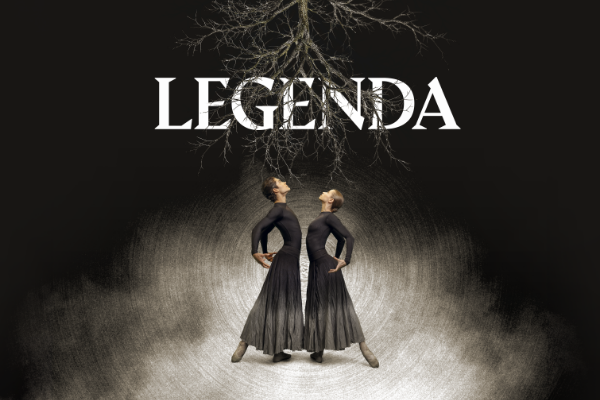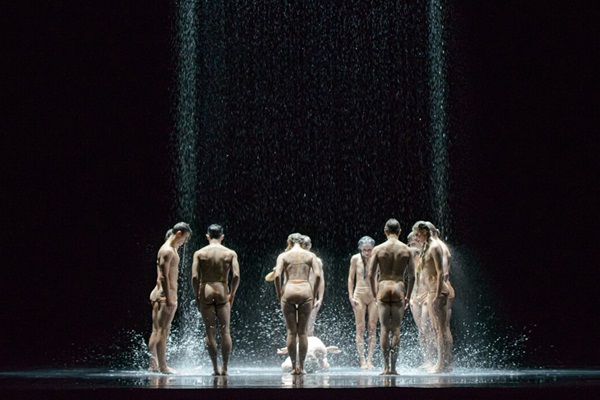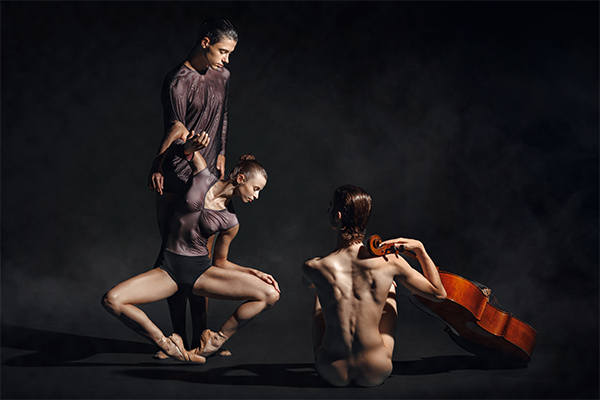REVERB
A double bill of choreographies by Gaj Žmavc and Douglas Lee
After a break of several years since the 1st Klaipėda Festival, the renewed Klaipėda State Music Theatre Ballet Company returns to the festival’s open-air stage at the Lindenau historic shipyard with two brand new contemporary ballet pieces created especially for this company. It will kick off the programme of the 4th Klaipėda Festival with the world premiere of Reverb – a new double bill featuring choreographies by two internationally renowned dance artists.
Slovenian choreographer Gaj Žmavc, the new Artistic Director of Ballet with the KSMT, says he is happy and privileged to present the entire company as a single organism to the festival audience gathered in the shipyard: “We have named this double bill “Reverb” because we hope that the world premieres of these new dance performances will resonate not only in Lithuania but also wider internationally.” At his invitation, Douglas Lee, a British ballet dancer and choreographer of international repute who has been living and working in Germany for almost three decades, is to present his first work not only in Klaipėda but also in Lithuania.





Audio Unit
My new creation is a piece focused on a larger group of 25 dancers. It is a study of dance structure, which is constantly dissolving and re-establishing itself in different forms through fluid but fast-paced transitions and minimalistic but complex and physically demanding dance language.
The work is delicately drawing on popular corps de ballet images in classical ballet, with exposed lines and robotic precision, which at times dehumanises the individual and draws attention to the beauty of the group as a powerful single organism.
The androgynous costume design, inspired by the high fashion retro styles, wraps up the slick and attractive visual aesthetic of this performance. Choreographer has also contributed the original soundtrack, written for harpsichord, strings, and percussion.
Gaj Žmavc
Callisto
Callisto is an abstract dance piece for nine dancers. Inspired by ideas, dreams and visions of the sea, the dance reverberates with its different movements and properties.
Callisto is one of Jupiter’s moons. It was discovered by Galileo Galilei and named after a nymph from the Greek Myth who was a spirit of nature. It is believed to have a secret sea hidden under its outer solid layer. Thus, the ballet aims to combine the imagery of water, and the spirit of the sea, and to project it onto the futuristic landscape in a world once shrouded in mystery.
The audience is transported to the icy expanses of Callisto where the surface ripples with the ebb and flow of an enigmatic population. The dancers embody the very essence of water and the alien rituals of these other worldly population. Their movements are sometimes fluid, mirroring the undulating currents of the sea, but they are also dynamic, reflecting the machinations of the electronic score. The piece explores the theme of ceremony and custom through the rituals and interconnectedness of life.
The score, “Hydræia,” crafted with a blend of vintage analogue synthesizers and modern digital processing, illuminates the vast waters of Callisto, with waves of boundless reverb.
Douglas Lee
